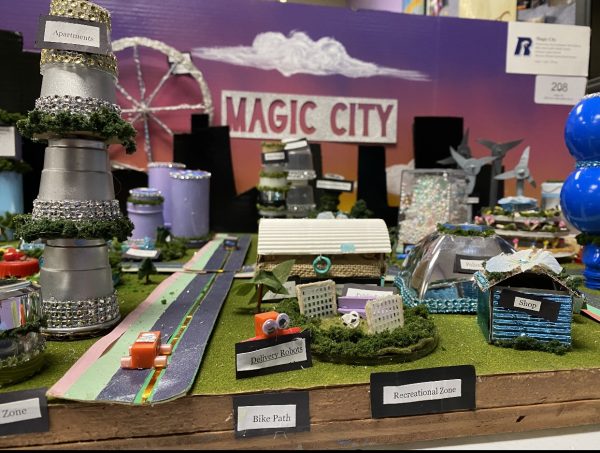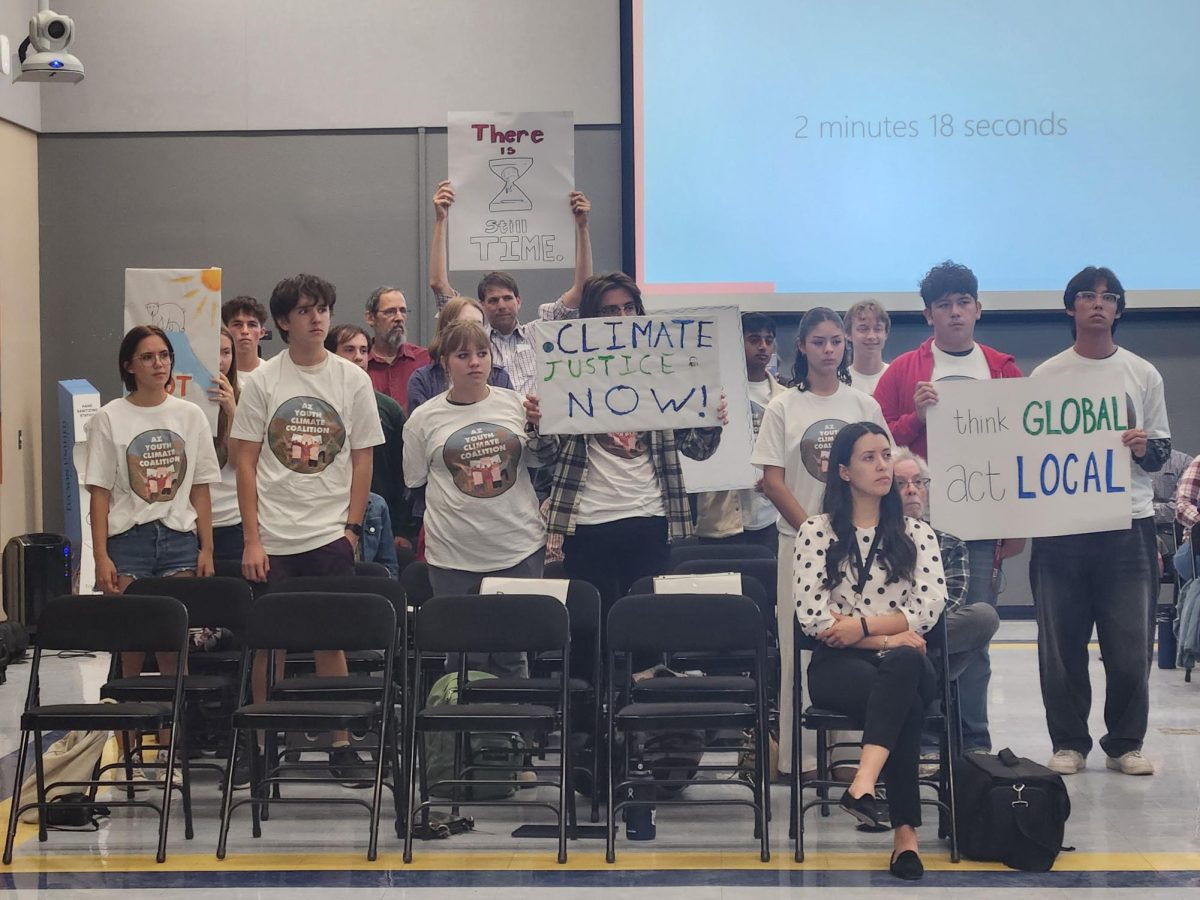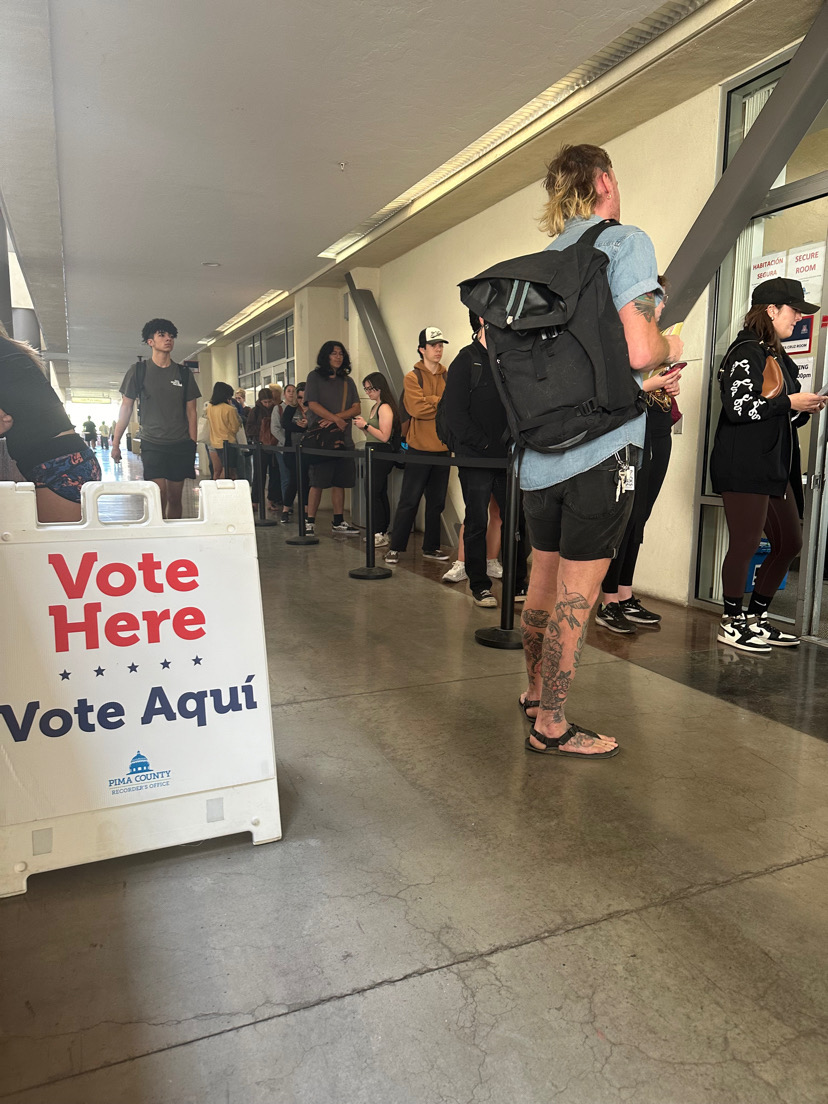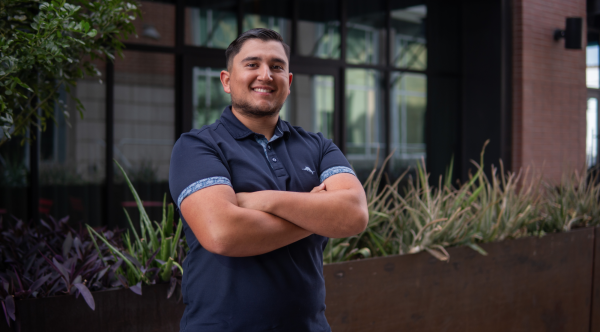Refugio Del Cid, Arizona Sonoran News
Sunnyside Unified School District plans to expand its CommunityShare program to all schools within the district. The program is now active in 11 of the 18 elementary and middle schools.
The programs help prepare students for careers in technology and related fields by giving them an entry to experiences such as field trips and opportunities to connect with current and retired field professionals including architects, engineers, conservationists and others.
The goal is to have at least one CommunityShare course on each school campus, said Jackie Nichols, a CommunityShare middle school teacher at Billy Lane Lauffer Middle School. Billy Lane Lauffer offers its students three CommunityShare classes: Future City, Possible Futures and Advanced Math.
“Community-engaged learning is what we want to implement. Student–driven learning is what we want to implement,” said Nichols, who brought the CommunityShare program to Lauffer in 2012 or ‘13. “We want to bring the real world into the classroom by dissolving these walls and seeing what learning could be.”
CommunityShare is a program that connects educators and students to learning ideas based on students’ interests and curiosities. Through this program, students are given opportunities to broaden their knowledge through real world experiences that include hands-on learning and gain perspectives from current and retired field professionals.
Nichols implemented those ideas at Lauffer through her course “Future City.” Students learn about city planning, using math and engineering skills to create models of city development. They then have to make a public presentation of their model, which gives them public speaking experience.
Future City is a CommunityShare course that brings real world topics such as global warming and creates a project that is heavily science, technology, engineering and mathematics (STEM) related. Students get to expand their imagination and knowledge by creating cities of the future that address current issues; for this school year, the challenge was to create a city that was 100% electrically powered through clean energy sources that keep citizens and their environment safe.
“My hope is that kids will be inspired to maybe ‘I want to be a city planner.’ I’m interested in architecture.’ ‘I’m interested in engineering’,” Nichols said. “It’s really about finding a voice for leadership and change for these students.”

Future City model “Magic City” created by students at Billy Lane Lauffer Middle School.
For the students, exposure to real world issues can create connections in the classroom, enabling students to see an issue on TV, such as global warming, and develop an answer so they could be a part of the solution. It also helps form a sense of belonging that can empower students to broaden their possibilities. Nichols said she believes in the idea of creating these opportunities for students.
“I think programs like Future City and the CommunityShare, we can change those things. We can change who is an engineer, who is a scientist, who is a researcher,” she said. “Let’s give all our students an entry to some experience and then they can decide if it’s for them.”
For Lexana Echegaray, the entry into the world of STEM made all the difference in her life. Echegaray was introduced to Future City with Nichols when Eschgaray attended Lauffer Middle School. Through the CommunityShare program, her class took field trips and brought in local field professionals including engineers and city planners with similar backgrounds. That exposure ignited in Echegaray a passion to pursue a career in STEM.
“I used to think that engineering, science, and research were for smart people. Then I discovered that ‘I’m smart people’,” she said.
“Growing up I wasn’t exposed to people around me who did STEM,” she said. ”You hear those jobs and you think those are smart people jobs, but we are ‘smart people’. Having professionals with similar backgrounds come in and help us was truly beneficial. It gave me a new perspective when people who look like you do smart things.”
Echegaray is now a freshman at Arizona State University studying manufacturing engineering.
SUSD Board President Beki Quintero supports implementing CommunityShare classes on all SUSD campuses.
“It’s never too early to explore and be introduced to professions and careers,” Quintero said.
In addition to opportunities for students to advance, local professionals are given the opportunity to come into a public school classroom and witness the environment that public education offers.
DaNele Holgan, the director of The STEMAZing project in Tucson, volunteered her time in Nichols’s classroom helping students with their Future City projects. In a reflection survey after the experience, she said it was “inspiring and hopeful to see first hand how creative students are when imagining what the future could look like.”
“I’m more convinced than ever that the solutions we need to the big problems we’ve created are somewhere in the minds of these future scientists and future engineers,” she wrote. “I hope they continue to get the support and experiences they will need to keep developing their creative thinking and problem solving skills.”
Nichols said the goal is to expand the program so that each district campus offers at least one CommunityShare course.
Arizona Sonoran News is a news service of the University of Arizona School of Journalism.










